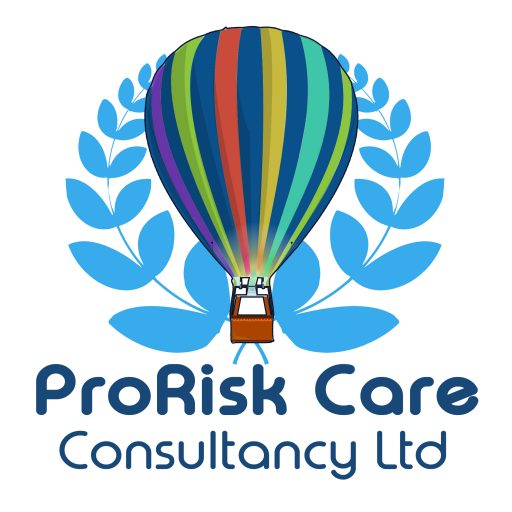The Care Quality Commission (CQC) has published a new 5 year strategy based on 22,000 inspections and feedback from service providers, users and staff, which sets out a more targeted, responsive and collaborative approach to regulation, in order to ensure high-quality, person-centred care. Resources will be focused where risk is greatest and where there is potential for improvement, and unannounced inspections will be utilised more to focus on areas of greatest risk, and to enable ratings to be updated more frequently.
The CQC will continue to inspect services as a central aspect of their assessments of quality. They will continue to work with the public to discover what is important and useful to people, and they will continue to maintain and promote equality and human rights.
The new 5-year strategy outlines 4 main priorities:
- Encourage improvement, innovation and sustainability in care
The CQC will highlight examples of high-quality care to enable learning and encourage improvement. Information will be effectively shared to demonstrate how quality is changing locally, regionally and nationally, and this information will be used to identify risks for local areas. Providers will be assessed on how they deliver care for specific population groups, for example end of life care.
- Deliver an intelligence-driven approach to regulation
A new insight model will be built to monitor quality, in order to recognise improvements and act on poor care. By 2020, new registrations will be risk-assessed against set criteria, to determine how robust the application process needs to be. The CQC aim to find more efficient ways of receiving feedback from the public about their quality of care and they will improve how they respond to this information, and what actions should be taken. Information will be published so that the public can access information about the services care-quality between inspections.
- Promote a single shared view of quality
The CQC will work with partners, providers and the public to agree on a definition of quality and how it should be measured. They will make use of relevant standards and national guidelines when forming a definition of good quality care. Relationships will be built on between providers and the CQC to ensure that there can be transparent conversations about care quality. Information will be shared to reduce the likelihood of duplicate requests and to encourage collaboration.
- Improve efficiency and effectiveness
The CQC aim to keep costs to a minimum by employing a workforce strategy that ensures the right level of skilled and expert staff are recruited and retained. Online services will provide a quick and efficient system for providers to submit information, and an easy way for the public to access information. Reports will be shorter and will be produced quicker.
The CQC aim for people to trust and use their expert, independent judgements about the quality of care and to have confidence that they will identify good and poor care and take action where necessary so rights are protected.
“Over the next five years the health and social care sector will need to adapt, and we do not underestimate the challenges that services face. Demand for care has increased as more people live for longer with complex care needs, and there is strong pressure on services to control costs. Success will mean delivering the right quality outcomes within the resources available.” – CQC Chair, Peter Wyman
The CQC will renew and publish their Public Engagement Strategy towards the end of 2016, which aims to improve customer service and online communications, improve access to consistent and clear information about what quality care looks like, and to provide more information about the quality of services, that is easy to understand, up to-date and available between inspections.
Read more about the new 5 year CQC strategy at http://www.cqc.org.uk/
